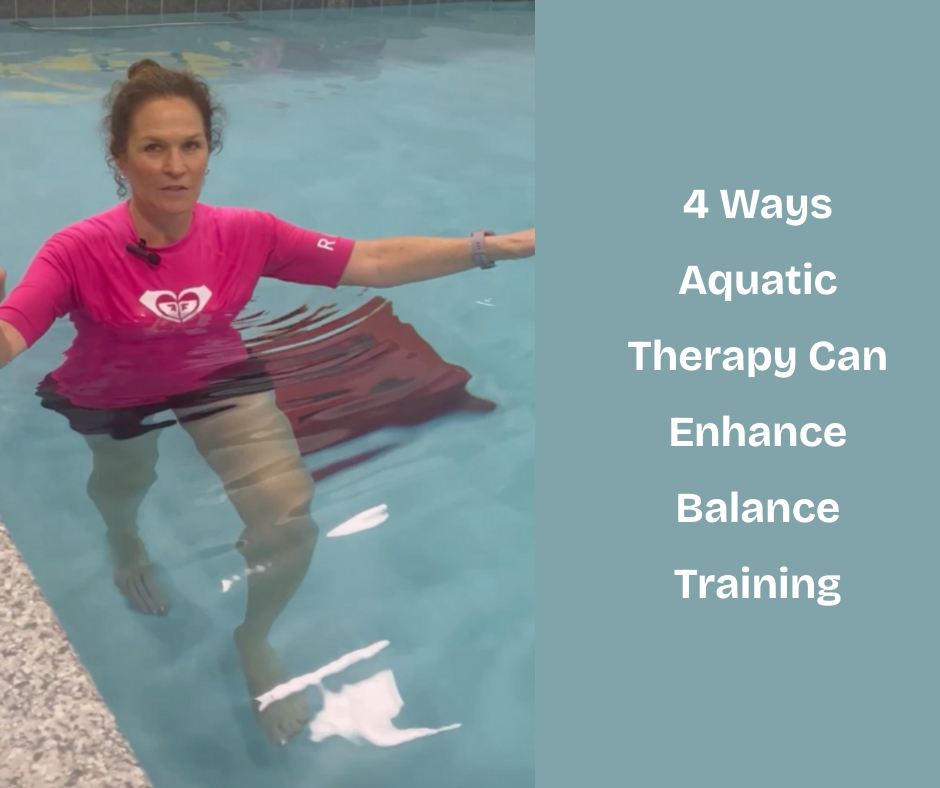Four Ways Aquatic Therapy Can Enhance Balance Training
Aquatic therapy utilizes the physical properties of water to help patients heal and regain strength, balance, and function without placing unnecessary pressure on healing joints in a safe environment. Balance is essential to your daily life, allowing you to maintain a stable, upright position when standing, walking, sitting, and climbing stairs.
Improving balance and stability is a key goal of aquatic therapy and the unique properties of water allow individuals and particularly seniors struggling with balance to enhance their balance safely.
4 Ways Aquatic Therapy Can Enhance Balance Training:
1. Water is buoyant which allows for ease of muscle movement and reduction of pain. Buoyancy is the ability to float in water, meaning the deeper you go into water the less weight your bones and joints must bear. This significantly reduces the pressure on joints and diminishes weight-bearing stress. Water’s buoyancy lowers gravity’s force on you, allowing you to move more easily even with weaker muscles and perform balance and gait training exercises that you may not be able to perform on land.
2. Water also exerts hydrostatic pressure on the body when submerged in the pool, producing a gentle compressive force that can reduce swelling, joint inflammation, and pain. The greater your depth in the water, the greater the pressure exerted and the more support your body receives from the surrounding water, making the water a safe environment to prevent injury while working on your balance. The hydrostatic pressure provides longer times for vestibular processing for postural reactions and better movement perception
3. The viscosity of water, or water’s resistance against an object (your body) helps you gently strengthen your muscles without placing undue stress on your joints. Water has greater resistance than air, meaning the harder you push or pull through water, the more resistance you experience, helping you improve your strength while supported by the water.
4. The warm temperature of the water can help relax muscles and reduce pain when performing exercises in the water that would normally cause pain if done on land. Water allows patients to exercise without a fear of falling, because if a person “falls” in the water, the water will support them and allow them to regain balance rather than falling to the ground while on land.
